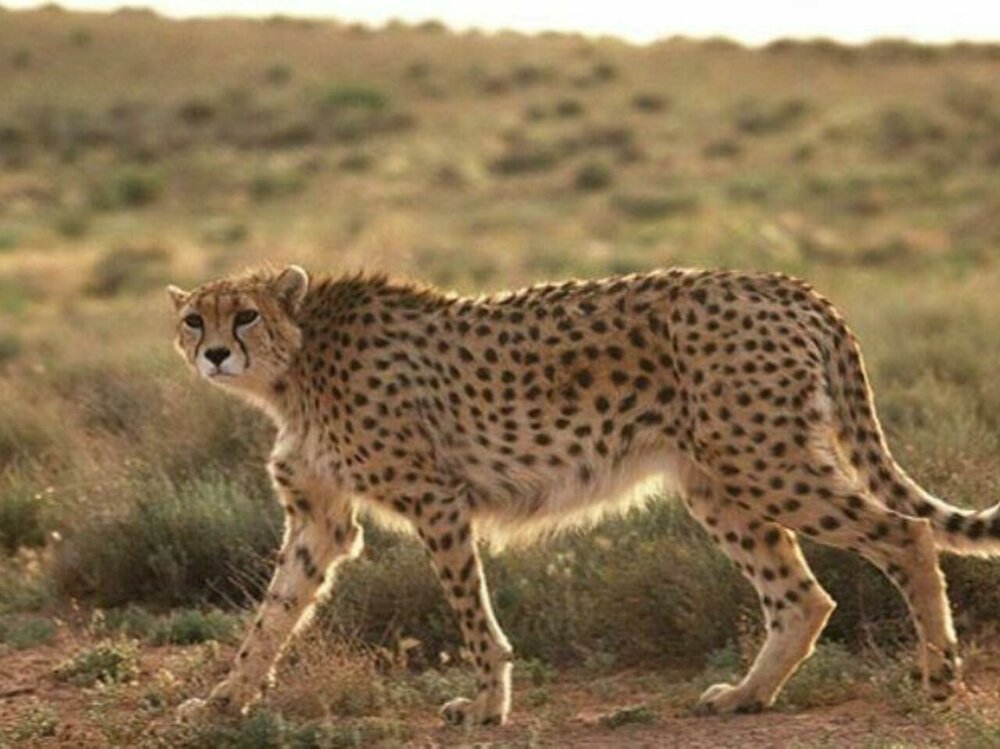Breeding in the wild: DOE plans to protect Asiatic cheetah

TEHRAN – The Department of Environment (DOE) plans to breed Asiatic cheetah in the wild so that the species is protected from extinction.
Currently, an action plan has been defined for 19 endangered species in the country. Our policies for the conservation of endangered species are set out in this roadmap, which needs necessary funds for the implementation, Hassan Akbari, an official with DOE, has said.
Emphasizing the need for natural growth of the species to have the ability to continue living in nature, he said that a creature that is born in a fictitious and artificial space does not have the ability to survive and continue living in the environment. “If we want to save the life of this species, we must protect its habitat.”
According to the latest scientific data in 2017, Iran has less than 40 cheetahs. Local communities should exploit the environment as long as it does not cause serious damage to the natural resources. So, we are trying to put alternative livelihoods on the agenda as much as possible to reduce local communities’ dependence on biological resources, he added.
“We work with related organizations NGOs, universities, and scientific associations to protect the country's biodiversity,” he concluded.
According to the latest scientific data in 2017, Iran has less than 40 cheetahs, showing that the cheetah population is shrinking. The cheetah habitat in the southern part of the country is stretching to over three million hectares but is hosting only a few cheetahs.
Fastest mammal endangered
Over the past 60 years, Iran is home to the last known population of Asiatic cheetah, which once roamed across vast ranges of the west and south Asian countries, from the Middle East to India. Listed as critically endangered by the IUCN, the Asiatic cheetah is among the rarest cats in the world at the subspecies level, with fewer than 50 believed to remain in Iran.
Cheetahs’ habitats in Iran are stretching over 12 million hectares of land area and over the past 16 years only experts collaborating with the CACP project have strived to count 48 cheetahs using trap cameras and other technical methods, Majid Kharrazian-Moqaddam, director of aquatic wildlife and biodiversity office at the DOE, said in August 2018.
Roadkill constitutes 70 percent of cheetahs’ fatalities, as some 42 Asiatic cheetahs have been killed in the country during the past 16 years, 28 of them died in road crashes and 14 others were either killed in conflicts with guard dogs or due to other unknown reasons, he lamented.
For one Abbasabad-Mayami road, linking north-central Semnan province to Mashhad, the northeastern province of Khorasan Razavi, is one of the deadliest roads for Asiatic cheetahs as 8 cheetahs have been killed in this area over the past 10 years.
Roads fragmenting cheetahs’ habitats are the main threats for the species, while guard dogs and stray dogs, drought spells, decreasing population of the prey species to support the cheetahs, and habitat loss are also other factors endangering the sparse population of the cheetahs in the country.
FB/MG

Leave a Comment